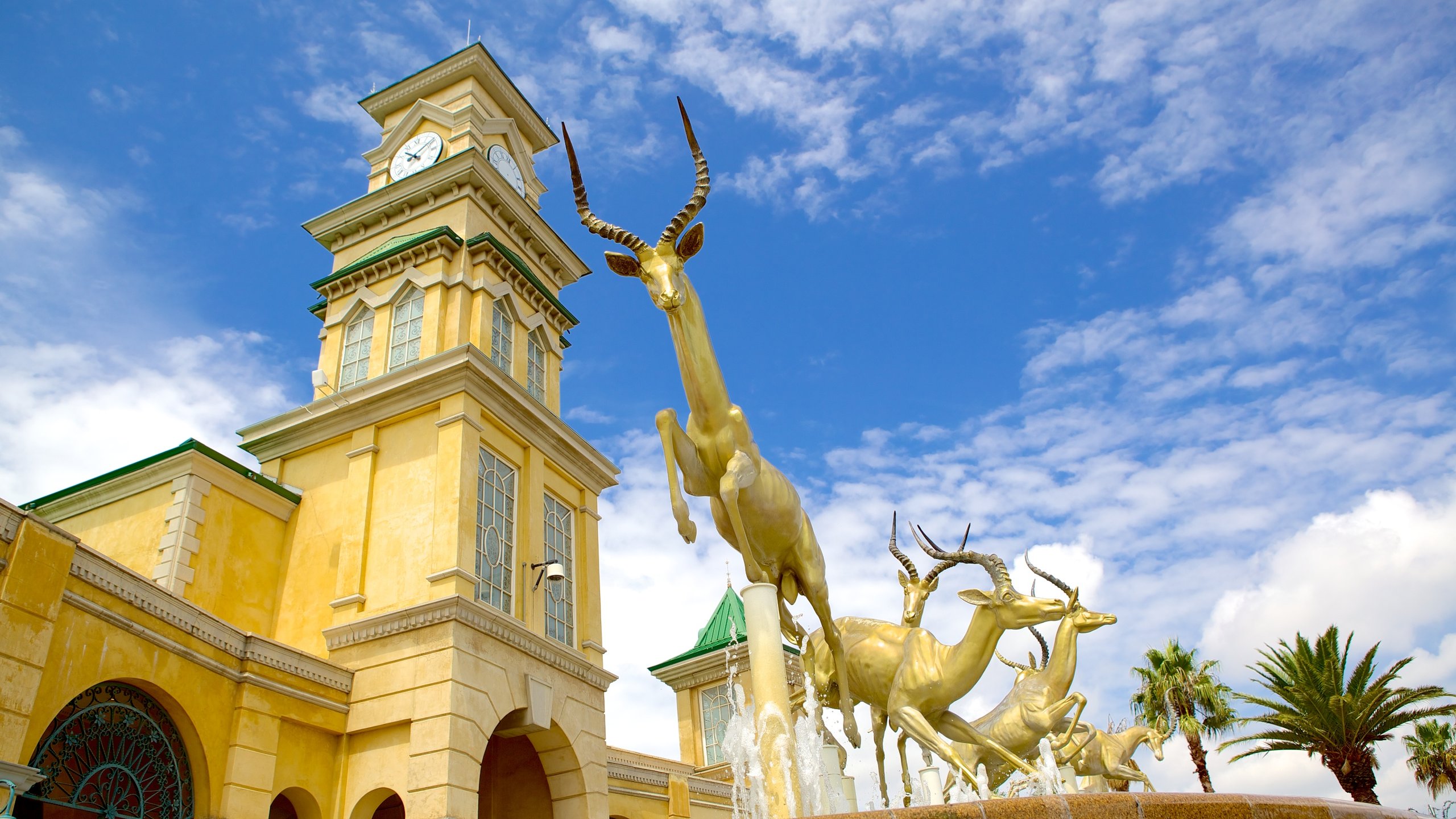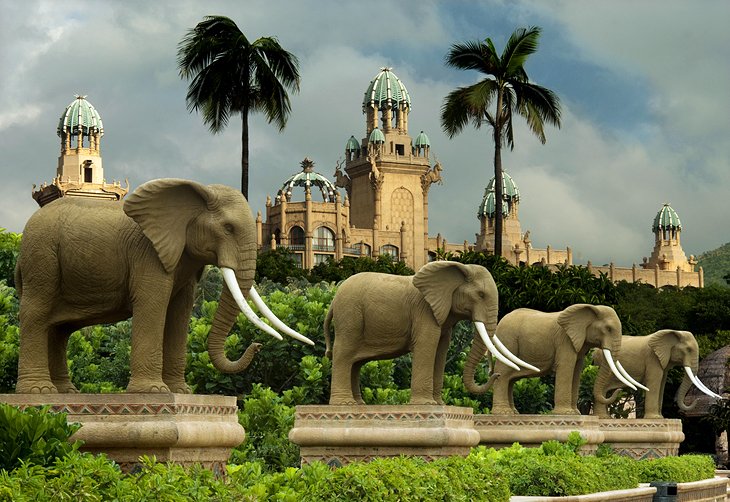The 6-Minute Rule for Johannesburg North Attractions
The 6-Minute Rule for Johannesburg North Attractions
Blog Article
Excitement About Johannesburg North Attractions
Table of ContentsMore About Johannesburg North AttractionsUnknown Facts About Johannesburg North AttractionsThe Ultimate Guide To Johannesburg North AttractionsGetting My Johannesburg North Attractions To WorkSome Known Facts About Johannesburg North Attractions.The smart Trick of Johannesburg North Attractions That Nobody is Discussing
The city owes its place to the visibility of a much more valuable resource: gold. The city grew on the side of the Witwatersrand Main Reef, a below ground stratum of gold-bearing quartz-silica corporation that arcs for hundreds of miles beneath the Highveld. The majority of the gold mines in the city ceased operation in the 1970s, but in its day the Witwatersrand gold market accounted for greater than 40 percent of the globe's yearly gold production.Johannesburg has a pleasant climate. Summertime temperature levels balance regarding 75 F (24 C); wintertime temperatures balance concerning 55 F (13 C) and just occasionally dip listed below cold. The city enjoys concerning eight hours of sunlight daily in both winter season and summer. Rainfall averages concerning 28 inches (700 millimetres) per annum, yet the overall differs significantly from year to year.
What rain the city obtains falls nearly exclusively in the summertime months, typically in magnificent late-afternoon electric storms. Air air pollution positions a considerable issue, specifically in the winter season, when thermal inversions hamper the westward flow of air from the Indian Ocean. Air pollution is most extreme in the largely settled Black territories on the city's perimeter, where many citizens still count on coal for fuel.

Some Known Facts About Johannesburg North Attractions.
The equilibrium of the city is inhabited by whites. Lodging differs in character and high quality.
Physical development, although somewhat limited by transportation, proceeded swiftly as migration to South Africa, and Johannesburg in specific, increased substantially.
The majority of poor suburbs were blended, with bad blacks and whites cohabiting, although the well-off residential areas were normally booked for whites. This changed with the political election of the National Celebration in the 1948 elections, that began to formalise the system referred to as discrimination. Apartheid formally assigned which residential areas each race could live in under the Group Areas Act.
The previous system of eleven phoned number areas was reorganised in 2006. Marshalltown, as seen from the top of the Carlton Centre. The M1 and M2 run behind the structures, and the southerly suburban areas expand past the highway boundary. The internal city of Johannesburg lies within the city's Area F. The number of individuals living in the internal city on a casual basis is unidentified, as lots of are prohibited immigrants. The unemployment, education, and age accounts of the area are all unknown, due to the problem of acquiring reliable details about the area.
About Johannesburg North Attractions
Centred on the CBD, the region consists of the suburban areas of Yeoville, Bellevue, Troyeville, Jeppestown, and Berea to the east. To the west it infects Pageview (Johannesburg North attractions) and Fordsburg. index There are tiny industrial parks to the south, such as City West-Denver and Benrose. Around 800,000 commuters travel through the inner city on a daily basis, and it works as a local buying node for site visitors from the southerly suburban areas. Yeoville and Bellevue have a mix of apartment and solitary household systems on small great deals. The area is located on a mountainous divide that runs from east to west. One of the most obvious geographical attribute is Observatory Ridge, which is called for the big observatory located on it. The recreational areas are no more utilized, as a result of protection issues.

Johannesburg Stadium, a training ground for both the Golden Lions and Orlando Pirates, is nearby. The eastern suburban areas of Johannesburg lie in the city's 7th [] and 9th [] areas. The location is additionally functionally integrated with East Rand border towns outside of the official boundary of Johannesburg, such as Bedfordview and Edenvale (both component of Ekurhuleni Metropolitan Municipality).
All About Johannesburg North Attractions
R. Tambo International Flight Terminal). The eastern suburbs are some of the oldest areas of Johannesburg, there are huge neighborhoods of Jewish and go to my blog other European histories, the majority of the population is English talking. There are 3 golf links as well as a variety of secured ridges with viewsites. There are numerous strong and up-market enjoyment and shopping areas in the eastern such as the Eastgate Mall and the Greenstone purchasing centre.
Originally developed to house male migrant employees, numerous have actually been enhanced as dwellings for couples and family members. The residential area was not traditionally permitted to create work centres within the area, so almost all of its residents are travelers to various other parts her latest blog of the city.
The Best Strategy To Use For Johannesburg North Attractions
The household areas in the north suburbs are mainly official, with no considerable areas of informal housing, or real estate that does not have a long-term structure. This is a well-known location, there is a trend of land use change from household to commercial, especially along major arterial roadways and around well-known nodes.
Roads to the eastern and west are much less well created, as there are no highways travelling in that direction. In the direction of the northern boundary of the city, the density of growth reduces, leaving large areas of undeveloped land around Midrand.
Johannesburg North Attractions Things To Know Before You Buy
The initial suburb to the north of the central city is Parktown, which is situated on a hillside overlooking the inner city and Hillbrow. It has numerous well-off residents and Edwardian-design mansions, along with the Education and learning and Clinical schools of the University of the Witwatersrand. The large concrete Charlotte Maxeke Johannesburg Academic Medical Facility dominates the sky line of Parktown.
Report this page